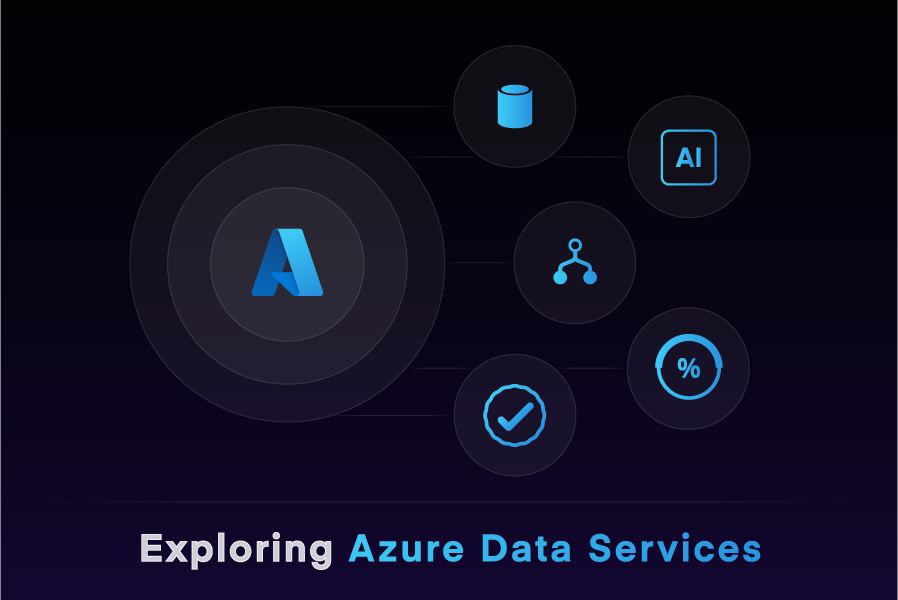‘Object storage’ is high on the list of IT directors and CIOs this year, but what is Object Storage—and how can it redefine the way your business stores and uses data for the better?
Thanks to the explosion of data created and collected by businesses in the past couple of years (mostly in part due to improved analytics tools, IoT devices and a greater need to improve the efficiency of work processes,) Object Storage technology has passed the stages of an early adopter and has become accepted in the industry as the best way to store vast amounts of unstructured data. This has led to the rise of S3 Storage: its most popular incarnation.
But what is S3 Storage and why should it be near the top of your IT projects list this year?

What is Object storage?
‘Object storage’ (more commonly known as ‘S3 Storage‘) is a different approach to traditional, bulk storage systems and better handles ‘big data.’ The kind of insight that is used by the likes of Facebook, Spotify, Uber and even some of your competitors to gain an advantage in increasingly over-saturated markets. It simplifies data collection and storage, improves workflows and decreases the amount of money an organisation needs to spend on storage.
In fact, ‘Object storage’ can reduce a business’ TCO of storage by up to 65%
This shift in focus is more than just a trend. Now is the right time to assess the way your business handles data and how it can get an edge on the competition this year.
The 3 Type of Modern Enterprise Data Storage
File Storage
File storage represents the way that information has been stored on computers since their inception. Files (such as documents, photos etc.) are stored in nested folders, following a rigid path. So, if you have a photo stored in C://My Documents/Downloads and use it in a presentation, Powerpoint will constantly look for that photo along that established path. If you move that photo into a new folder, such as C://My Documents/Photos, Powerpoint will no longer be able to find that photo.
Block Storage
With the rise of Datacentres, the Cloud and shared computing, ‘block storage’ arose to tackle some of the challenges facing IT teams using file storage. Block storage allows multiple users to share a large storage device on a ‘Storage Area Network’ or ‘SAN.’ These come from vendors such as NetApp and power the majority of private cloud platforms. Block storage increases the volume of data available compared to File Storage, but is still rigid in its implementation.
With more and more organisations taking advantage of big data and data analytics, a new solution was needed. Enter ‘Object Storage.’
Object Storage
Object Storage was born out of the need for a more flexible storage architecture that allowed for easier scalability and greater data insight. Whilst both file and block storage have their advantages, they were not designed to cater for the explosive growth of data and the way businesses are now utilising it.
Object storage treats every piece of information as an individual object, tagging it with highly detailed information–known as metadata–that turns your information into actionable data. This information isn’t housed in traditional blocks or individual files, but as flexibly sized containers called ‘objects.’
“Although it sounds similar to file storage in principle, the key difference is that objects don’t sit along predetermined paths inside folders. They float in the ether, waiting to be picked, organised and placed in front of you in milliseconds. No matter how much data is being used at one time.”
– Chris Piggott, Technical Director, Synextra
Object vs File vs Block storage
More of the data being created is now ‘unstructured’ – individual items of information that cannot be organised into a database typically used by enterprises, such as SQL. This rules out block storage as a viable option for ‘big data.’
And whilst file storage can be used, the sheer volume of data in use makes it an ineffective solution. As the volume of data grows, it becomes increasingly more complex to maintain in a traditional hierarchy model.
Placing information into object storage however is quick and easy, like putting items into a bucket. This popular analogy led to ‘bucket’ becoming the industry term for a volume of object storage.
Library analogy
A great way to think about how object storage works—compared to block and file storage—is to think of storing and accessing books in a library. Imagine a book as a piece of unstructured data, an object. You want to have access to that book. You have three options:
1. Block Storage = Public Library
- Optimised for large quantities of data
- Everything is organised into specific sections or blocks
- If something is misplaced or moved, you have to look for it manually
2. File Storage = Personal Bookshelf
- Designed for smaller collections
- Not always categorised, but generally easy to search through
- Require muscle memory and can’t be easily analysed
3. Object Storage = Digital Catalogue
- Metadata powers powerful search results, for fine-grain or general searches
- Even massive libraries are quick and simple to search through, with the right answer presented to you upon searching
A smarter way to collate disparate and unstructured data i.e. Different authors, genres and even lengths
The Advantage of Object Storage
- With block or file storage, each file is located in a specific place and can be identified by the space it resides within, whether it’s in a ‘block’ or at the end of a ‘file path.’ As discussed in the analogy above, these methods of data retrieval can be a limitation as the volume of data increases.
- Object storage solutions, on the other hand, was designed to scale effortlessly, to handle even the largest collections of unstructured data (sometimes referred to as data lakes.) Smart software sits (almost like a hypervisor) between the hardware and data and acts as a guide, surfacing exactly the data you are looking for, when you search for it.
- Search for something meaningful to the information you are looking for (such as an artist for a music file or a slide title in a presentation) and the data you are looking for is quickly identified by the highly optimized software sitting between your data and hardware. Software that is designed for fast lookups and reliability. So, you no longer have to worry about exactly where the data is located inside the volume.
- For instance, if someone moves a file from one folder or block to another—because they think it makes more sense to reside there—the smart software will still find it just as quickly because the object’s identifying information won’t have changed, just its location behind the scenes. This enables users and more importantly, software, to continue accessing the file at any later date, without issue.
The Business Benefits of Object Storage
Now we’ve covered the technical advantages of object storage, what are the tangible benefits for businesses looking to deploy object storage within their infrastructure?
Boosts scalability
The intelligent software that sits between your data and physical storage hardware also empowers businesses to take advantage of any existing hardware assets they currently own. This software can merge multiple storage devices into a singular, high-performance cloud volume, allowing businesses to create an on-premise object storage bucket with relative ease.
Increases Security
By taking data off-premise and into a Cloud, it can be easy to understand why enterprises feel their data is less secure. However, with features such as in-transit and at-rest encryption, private buckets as standard and PCI-DSS accredited UK Datacentres, Synextra’s S3 Stor™ Object Storage have been designed from the ground up for complete data sovereignty and secure availability. Two very important aspects of GDPR.
Reduces Costs
Separating the data from the physical hardware and allowing intelligent software to handle the complexities, makes object storage very simple to use. As simple as the ‘dropping data into a bucket’ analogy mentioned earlier. Enterprises can simply and seamlessly transition data that is better suited in to object storage, freeing them to reallocate current infrastructure and extend their current physical storage investments.
Conclusion
If your business handles large amounts of ‘cold data’ that isn’t accessed regularly, it could be wasting valuable on-premise storage resources and capital, by using an inefficient method of data storage. In 2018, Object Storage is high on the list of IT directors and CIOs and for good reason. Not only can it improve staff performance but can also lead to business innovation, thanks to ‘at-rest’ analytics. Is it on your list?
If Object Storage is on your list, speak to the team at Synextra to learn more about S3 Stor™.



